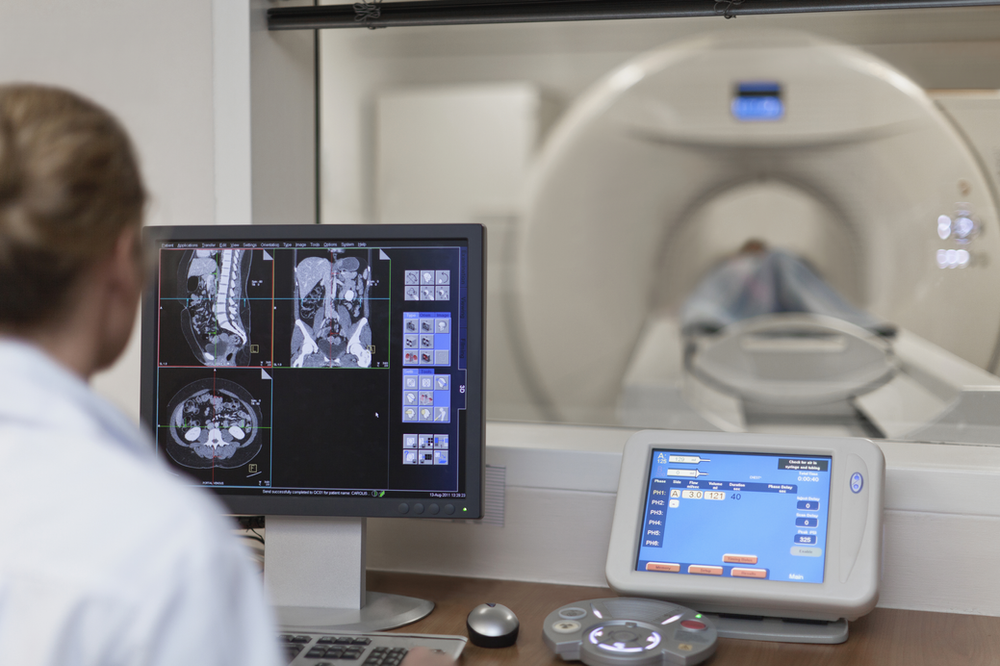
Brief medical jargon followed by an easily understood translation.
“The site of cervigogenic headache (CEH) headache pain was not correlated with the site of signal intensity changes of the alar and transverse ligaments. In fact, very few had moderate or severe signal intensity changes in their ligaments. MRI shows no specific changes of cervical discs or craniovertebral ligaments in CEH.”
This study in the Journal of Headache and Pain compared the MRI results of patients with 3 different types of headache. 46 with cervicogenic type headache (neck related headache), 22 with whip lash associated headaches and 19 with migraines.
What did they find? There was no “specific changes” of the cervical discs, ligament, tendons, muscles or any other tissues. Looking at an MRI and you would have no way of determining if the patient has a headache or what type of headache they have.
I know… sounds crazy.
Let me take a stab at why… from my perspective the neck related (cervicogenic) headaches are coming from a movement problem which the MRI doesn’t show. Migraines could either be a really bad neck related headache with triggers from something totally different than what the MRI would even pick up… like a diet, hormones, barometric pressure etc.
That is my take on it, but whatever the reason we do know that the MRI is not too helpful when dealing with these types of headaches. The focus should be on a proper movement assessment.
The Journal Of Headache And Pain [J Headache Pain] 2012 Jan; Vol. 13 (1), pp. 39-44. Date of Electronic Publication: 2011 Sep 27.




